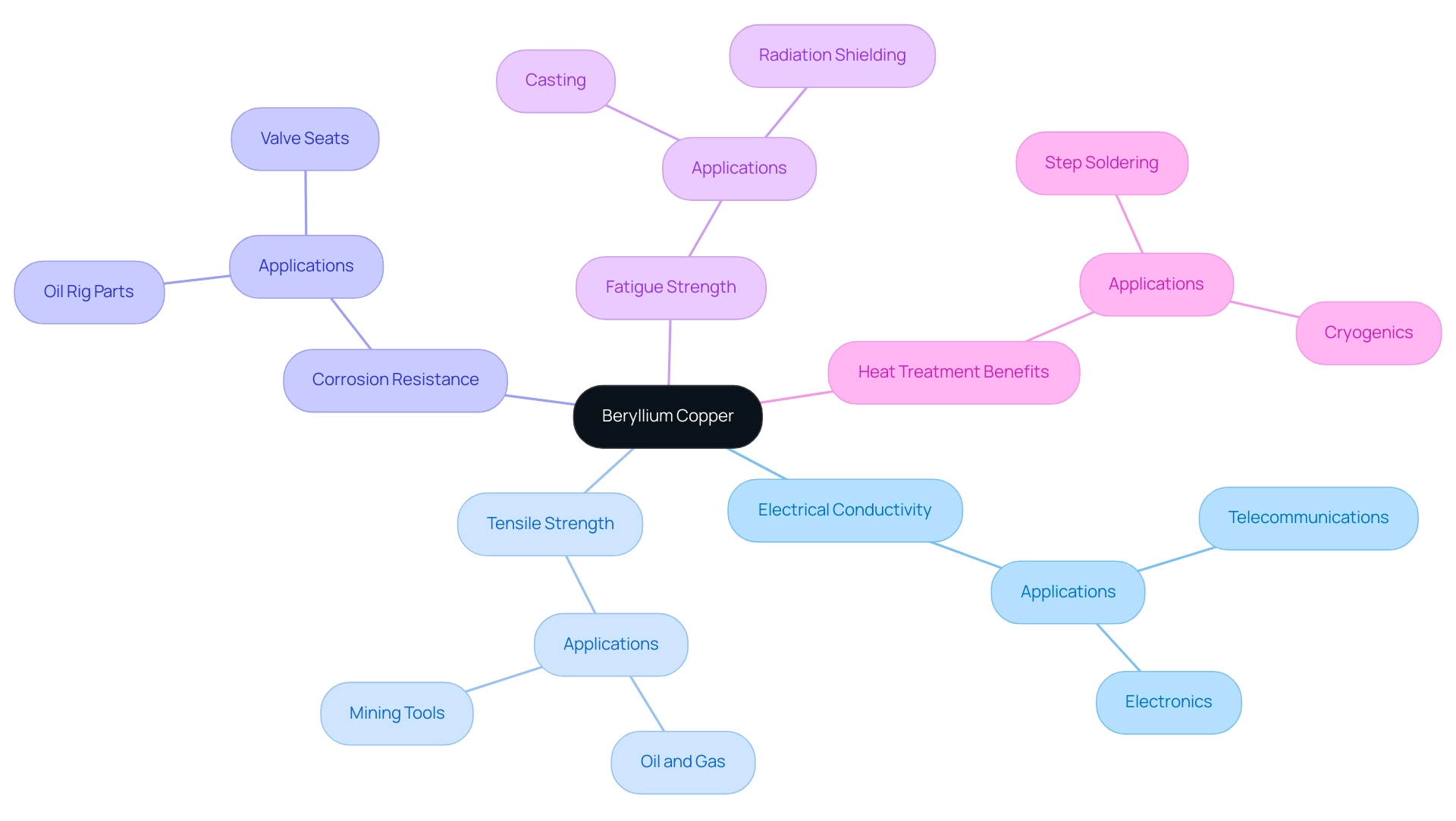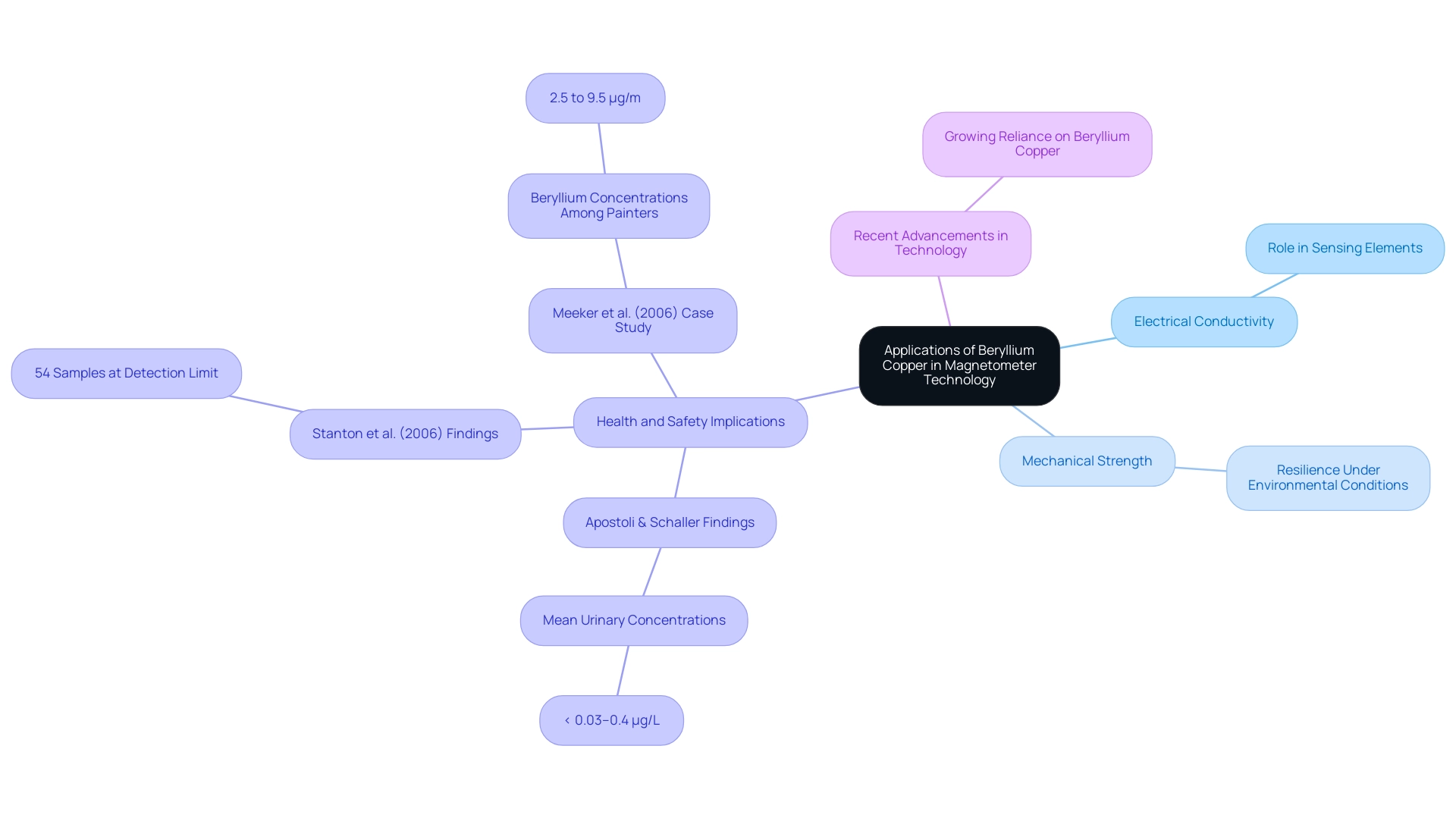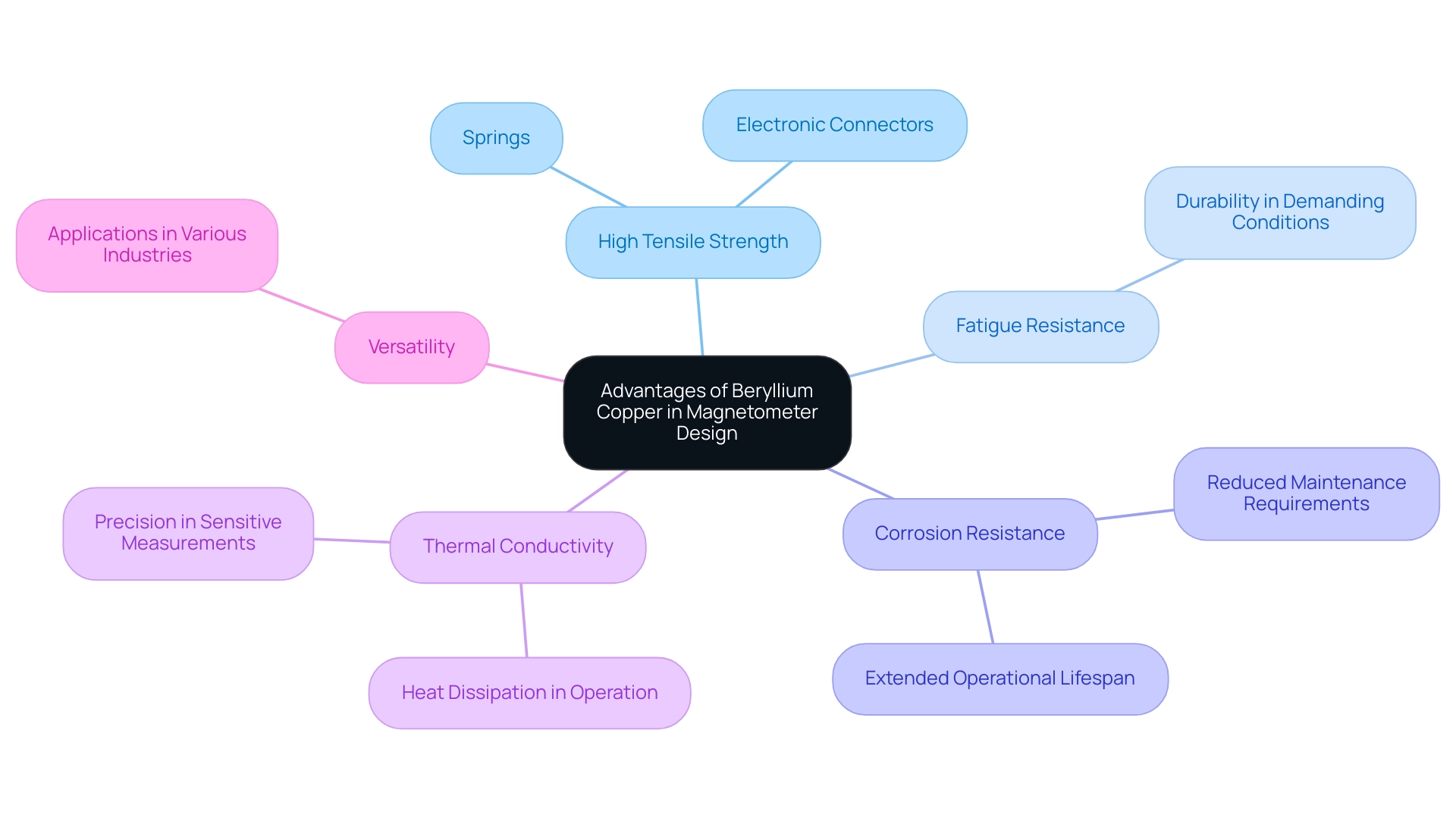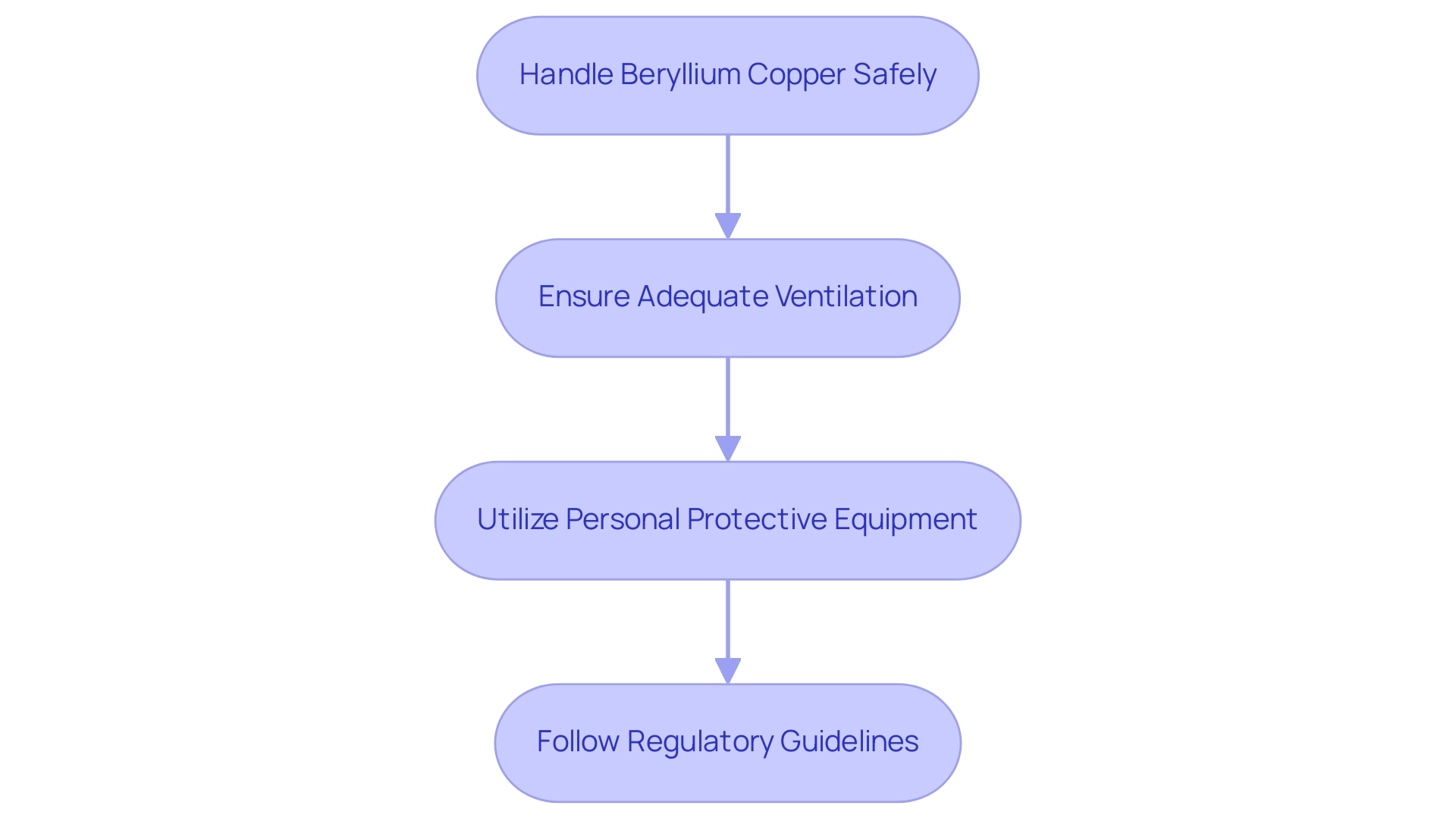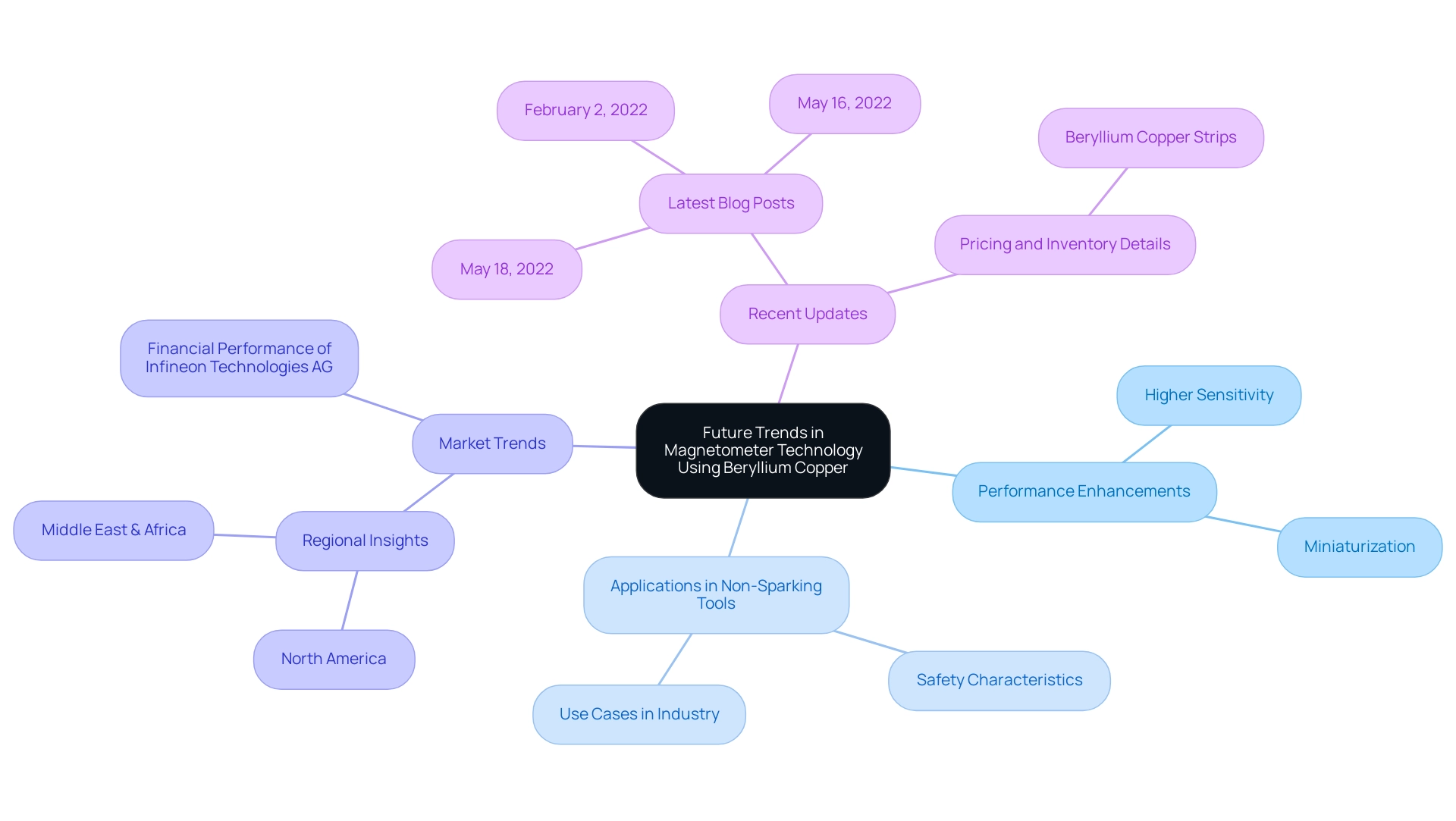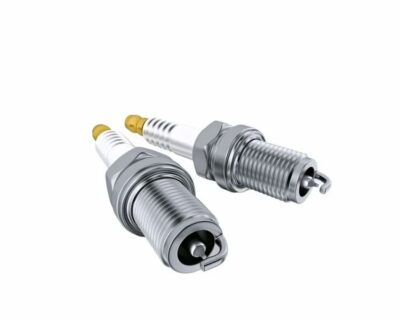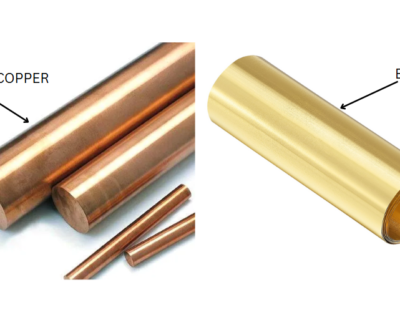Blogs

Understanding Magnetometers Made from Beryllium Copper: A Complete Tutorial
Overview:
Magnetometers made from beryllium copper are highly valued for their exceptional electrical conductivity, mechanical strength, and corrosion resistance, which are crucial for precise measurements in demanding applications. The article emphasizes that these properties enhance the performance and reliability of magnetometers, making beryllium copper a preferred choice in various industries, despite the need for strict safety protocols due to potential health risks associated with beryllium exposure.
Introduction
Beryllium copper stands at the forefront of advanced materials, celebrated for its exceptional mechanical properties and versatility across various industries. This high-performance alloy, characterized by its impressive electrical conductivity and remarkable tensile strength, is indispensable in applications demanding reliability and precision, such as magnetometer technology.
As organizations increasingly seek innovative solutions to enhance operational efficiency, understanding the fundamental properties, applications, and safety considerations surrounding beryllium copper becomes crucial. This article delves into the strategic advantages of this alloy, its pivotal role in the design and functionality of magnetometers, and the emerging trends that promise to shape its future in high-stakes environments.
Procurement managers will gain valuable insights into how beryllium copper can be leveraged to meet both performance and safety standards, ensuring informed decision-making in the procurement process.
Fundamental Properties of Beryllium Copper
Copper alloy is a high-performance material recognized for its exceptional electrical conductivity, impressive tensile strength, and robust corrosion resistance. Typically composed of 0.5% to 3% beryllium, this alloy stands out due to its remarkable mechanical properties, making it ideal for rigorous applications. Domadia takes pride in being a leader in supplying and manufacturing alloy plates, ensuring that our products meet rigorous quality standards through innovative manufacturing techniques, such as precision casting and advanced machining, alongside stringent quality control processes that guarantee reliability and performance.
Notably, magnetometers made from beryllium copper boast a high fatigue strength that can be further enhanced through heat treatment, resulting in improved hardness and elasticity—characteristics that are crucial in precision-demanding applications, where consistent performance is imperative. Recent studies highlight that etching can reveal dark striations linked to age-hardened precipitates in wrought materials, showcasing the alloy’s durability and reinforcing its value in high-stress environments. Furthermore, the specific heat of the alloy is 0.420 J/g°C, contributing to its technical profile.
The versatility of beryllium copper extends to various industries, including:
- Oil and gas
- Telecommunications
- Electronics
- Aerospace
where its non-sparking capabilities make it indispensable for components like oil rig parts and mining tools. Furthermore, the Non-Sparking Wrench made from a specific alloy exemplifies safety features essential for use in explosive environments, aligning with industry standards for safety and efficiency. A case study titled ‘Applications/Industries Served by this Alloy’ illustrates how it is utilized across multiple sectors, reinforcing its strategic importance for procurement managers aiming for efficiency and performance.
Applications of Beryllium Copper in Magnetometer Technology
Copper alloy plays a pivotal role in the functionality of various magnetometers made from beryllium copper, which includes both fluxgate and superconducting models. Its remarkable electrical conductivity is essential for the efficient operation of sensing elements, facilitating precise measurements. At Domadia, we take pride in supplying and manufacturing high-performance alloy plates that meet the rigorous demands of industrial applications, ensuring our clients receive exceptional quality and tailored solutions.
Our commitment to customer satisfaction drives us to continually innovate and improve our products. Simultaneously, its exceptional mechanical strength ensures resilience under diverse environmental conditions, crucial for maintaining operational integrity. In the realm of superconducting magnetometers, a specific alloy is frequently utilized in the fabrication of sensitive components that demand high reliability and accuracy.
This material’s unique properties significantly enhance the overall performance of these sophisticated instruments, making it a preferred choice among industry experts. Recent advancements in magnetometer technology underscore the increasing reliance on magnetometers made from beryllium copper, as their usage continues to expand in cutting-edge applications. It’s important to consider health and safety implications; Apostoli & Schaller noted that mean urinary concentrations for non-occupationally exposed individuals range between < 0.03–0.4 μg/L, highlighting potential exposure risks.
Furthermore, Stanton et al. (2006) found that 54% of samples of this material at distribution centers were at or below detection limits, emphasizing the need for monitoring exposure levels in environments utilizing it. A case study by Meeker et al. (2006) on beryllium exposure among painters revealed concentrations ranging from 2.5 to 9.5 μg/m, underscoring the necessity for safety measures in industries employing beryllium bronze. Furthermore, our Non-Sparking Wrench is designed with safety features that make it ideal for hazardous environments. For those interested, we also offer detailed pricing and inventory details for our alloy strips, ensuring that procurement managers can make informed decisions.
Advantages of Beryllium Copper in Magnetometer Design
This alloy provides considerable benefits in the design of magnetometers made from beryllium copper, primarily due to its outstanding mechanical characteristics, such as high tensile strength and excellent fatigue resistance. These characteristics ensure reliable performance under demanding conditions, making it an ideal material for applications that require durability and longevity. At Domadia, we lead the industry in supplying high-quality Beryllium Copper Plates, customized to meet your specifications and backed by our expert support.
High strength alloy is notably utilized in springs and electronic connectors, showcasing its versatility across various applications. Furthermore, a specific metal alloy demonstrates exceptional resistance to corrosion, enabling it to prosper in difficult conditions where alternative materials might falter. This attribute not only reduces maintenance requirements but also extends the operational lifespan of the instruments.
The alloy’s effective thermal conductivity plays a crucial role in heat dissipation during operation, which is vital for maintaining the precision of sensitive measurements. As noted by Mike Gedeon, Customer Technical Services Manager, ‘The high conductivity copper beryllium alloys are used in magnet structural applications where a high conductivity, moderate strength, nonmagnetic material is required.’ Domadia prioritizes safety in managing the alloy by implementing stringent safety standards and offering comprehensive training to ensure a secure working environment.
These advantages illustrate why this metal alloy, provided by Domadia with a focus on quality and personalization, is becoming increasingly popular in the design of magnetometers made from beryllium copper. Reach out to us today to discover more about our Copper Plates and how we can support your projects.
Challenges and Safety Considerations of Beryllium Copper
Beryllium copper is renowned for its exceptional qualities, such as high tensile strength and excellent corrosion resistance, making it a preferred choice in various applications, particularly in the production of magnetometers made from beryllium copper and welding electrodes. However, it poses significant safety challenges due to the inherent toxicity of the element. Exposure to this element can lead to severe health issues, particularly chronic disease (CBD), defined by immune system reactions to this element.
Statistics reveal that health physics technicians and machinists represent the highest sensitization rates, at 11.9% and 11.4%, respectively, highlighting the urgency of addressing this issue. According to the National Research Council, adherence to stringent safety protocols is paramount when handling copper alloy. These protocols include:
- Ensuring adequate ventilation
- Utilizing personal protective equipment
- Strictly following regulatory guidelines to mitigate exposure risks
Furthermore, a case study titled ‘Beryllium Sensitization and Chronic Beryllium Disease‘ emphasizes that even exposure levels below current regulatory limits can lead to adverse health outcomes, underscoring the necessity for diligent monitoring and management of this element’s exposure across all operational phases. Additionally, news reports indicate that deliberate ingestion of soluble salts of this element can cause ulceration in dogs, and contact with broken skin may lead to granulomatous rashes, illustrating the broader health implications of exposure to it.
Procurement managers must assess suppliers of beryllium-based alloys and related high-temperature materials for their adherence to established safety standards to further minimize the risk of sensitization and associated health issues. This evaluation should include an assessment of the suppliers’ safety protocols, material quality, and adherence to regulatory guidelines.
Future Trends in Magnetometer Technology Using Beryllium Copper
The future of magnetometer technology is set for significant progress, especially through the incorporation of a specific metal alloy. Research and development efforts are increasingly focused on enhancing performance and miniaturizing magnetometers, with a certain alloy emerging as a key material due to its exceptional mechanical and electrical properties. Advancements in sensor technology are anticipated to produce higher sensitivity magnetometers and more advanced data acquisition systems, thus increasing the need for alloy components.
Moreover, the increasing utilization of a certain alloy in non-sparking tools, such as wrenches, highlights its safety characteristics and various uses in settings where spark risk is a concern. As industries aim for lighter and more efficient materials, the distinct qualities of this alloy position it favorably for next-generation magnetometer designs. Notably, North America was the largest region in the magnetometers market in 2024, reflecting the critical importance of advancements in this sector.
Furthermore, the continuous expansion in the Middle East & Africa, fueled by progress in sensor technologies and heightened defense spending, emphasizes the important role of this alloy in influencing the future landscape of magnetometer technology. As mentioned by an industry specialist, ‘The incorporation of a certain alloy in sensor applications and non-sparking tools is transforming our approach to magnetometer design, resulting in remarkable levels of performance and efficiency.’ This evolution aligns with market trends noted in firms such as Infineon Technologies AG, which continues to show robust financial performance through its innovative uses of a specific alloy in sensor technologies.
For the latest updates, including blog posts dated:
1. February 2, 2022
2. May 16, 2022
3. May 18, 2022
as well as pricing and inventory details for beryllium copper strips, please refer to our dedicated resources.
Conclusion
Beryllium copper has proven itself as a vital material in various industries, particularly in the design and functionality of magnetometers. Its exceptional mechanical properties, including high tensile strength, electrical conductivity, and corrosion resistance, establish it as a preferred choice for applications requiring durability and precision. As highlighted throughout this article, the alloy’s ability to withstand demanding conditions while maintaining operational integrity is crucial for ensuring reliable performance in high-stakes environments.
Moreover, the increasing emphasis on safety and health considerations cannot be overlooked. The potential risks associated with beryllium exposure necessitate strict adherence to safety protocols and thorough supplier evaluations. Procurement managers must prioritize sourcing from reputable suppliers who uphold rigorous safety standards and quality control measures, thus safeguarding both their workforce and operational efficiency.
Looking ahead, the future of magnetometer technology is set to flourish, with beryllium copper playing a central role in the ongoing advancements. The alloy’s unique properties are expected to drive innovations in sensor technology, leading to enhanced performance and miniaturization of devices. As industries evolve and demand for more sophisticated equipment grows, the strategic advantages of beryllium copper will continue to shape the landscape of magnetometer applications, making it an indispensable material for the future.

